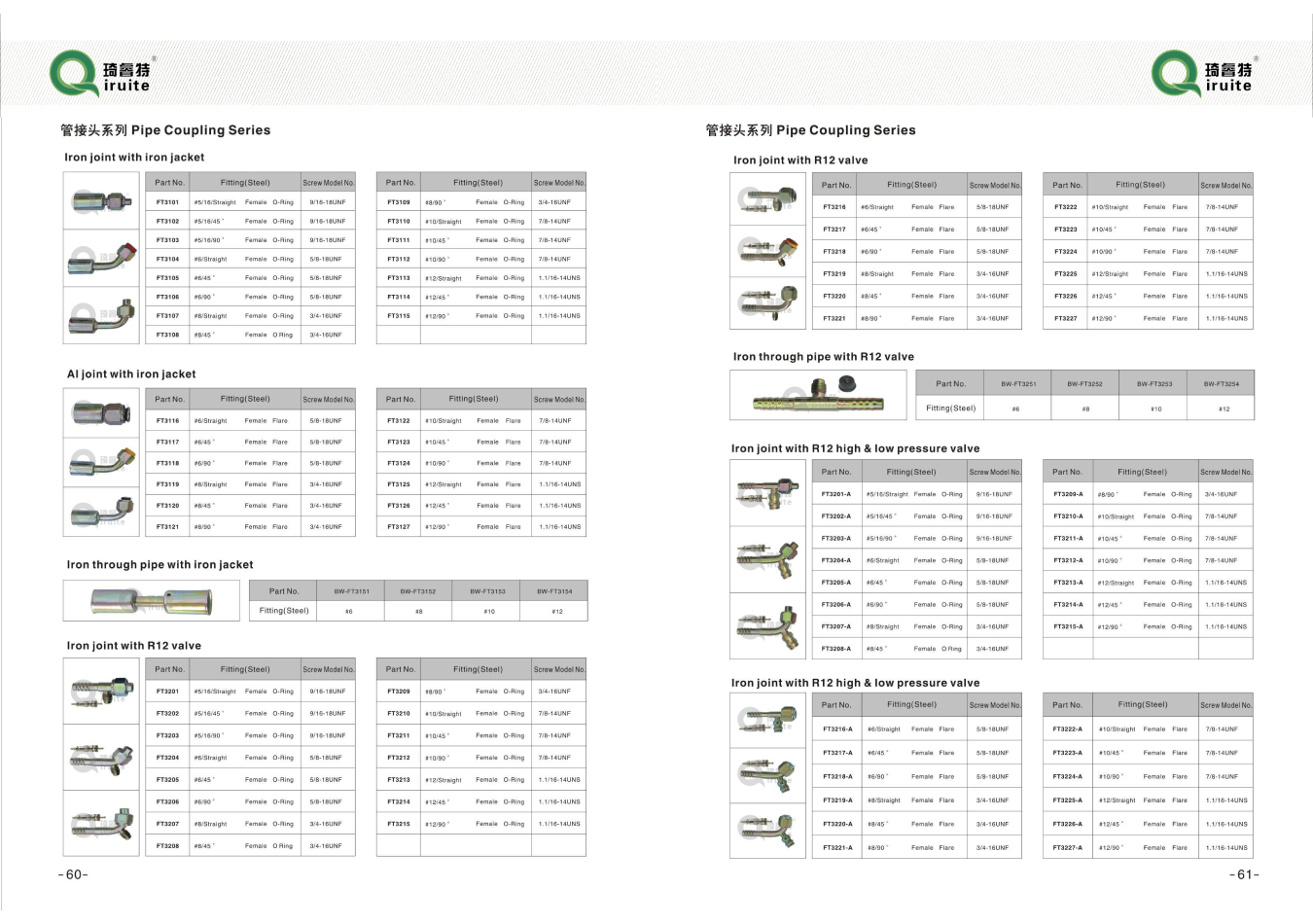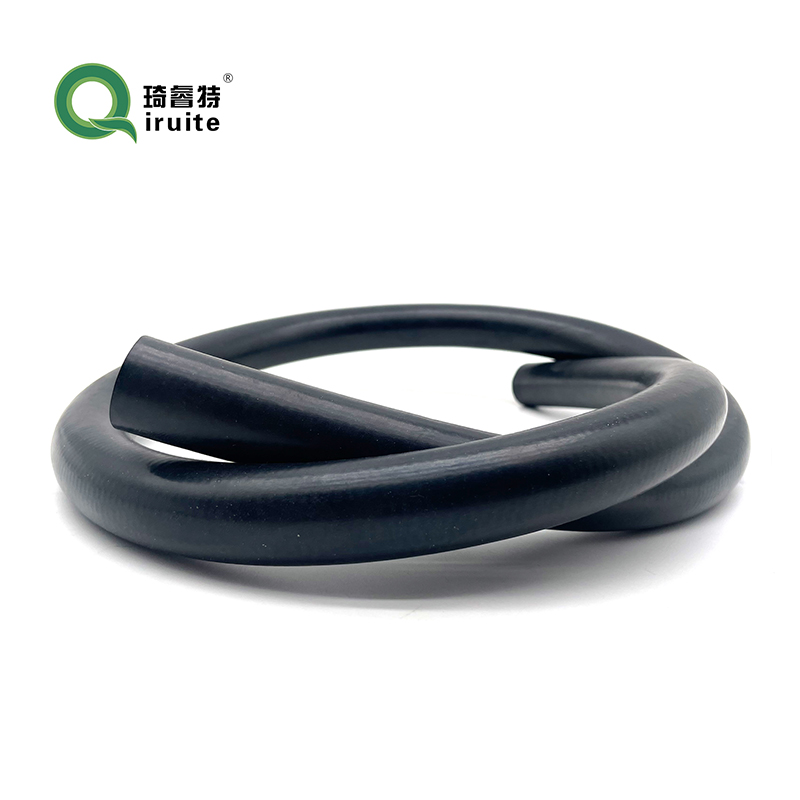Feb . 11, 2025 14:52
Back to list
power steering hose leak at fitting
A power steering system is integral to modern vehicles, ensuring that drivers can maneuver their cars with minimal effort. This complex system features several components, but among its most critical parts is the power steering hose. This hose plays a vital role in transporting the hydraulic fluid that enables the smooth operation of the steering mechanism. One of the common issues that drivers encounter is a power steering hose leak, particularly at the fitting. Recognizing and resolving this issue promptly is essential to maintaining vehicle performance and safety.
Preventing a power steering hose leak requires regular vehicle maintenance and inspections. Check the hose and fittings periodically for wear and tear. Ensure that all fittings are secure and that there is no play in the connections. Utilizing high-quality hydraulic fluid and replacing it according to the manufacturer’s recommendations also helps prolong the lifespan of the power steering components. Resolving the Leak Once a leak is confirmed at the fitting, addressing it promptly is crucial to prevent subsequent damage. Sometimes, tightening the fitting is all that's needed if the seal remains intact. However, if the fitting itself is damaged or the hose is compromised near the fitting, replacement might be necessary. There are repair kits available that include new seals, gaskets, and other essential components to restore the fitting’s integrity. However, for best results and to ensure safety and reliability, consider consulting a professional mechanic or technician. Trusting Experts for Repairs Authoritative guidance from experienced mechanics or technicians can instill confidence when dealing with a power steering hose leak. They possess the expertise to accurately diagnose and effectively resolve complex automotive issues. Choosing a reputable service provider that uses original equipment manufacturer (OEM) parts can guarantee that repairs are conducted to the highest standards, thus maintaining the performance and reliability of your vehicle. Building Trust in Automotive Maintenance Maintaining a trustworthy relationship with an automotive service provider comes down to their professionalism, transparency, and commitment to customer satisfaction. A respected expert will offer clear explanations, provide detailed estimates before repairs, and follow up post-service to ensure client satisfaction. Such relationships assure drivers that they can rely on their vehicle in every journey, big or small. By acknowledging the significance of a power steering hose, recognizing early symptoms of a leak, and understanding the options for prevention and repair, vehicle owners can secure their driving experience and extend the lifespan of their vehicle’s steering system. Keeping this critical component in optimal condition will ensure smooth, reliable, and safe maneuvering on the road, reinforcing the vehicle’s overall performance and longevity.


Preventing a power steering hose leak requires regular vehicle maintenance and inspections. Check the hose and fittings periodically for wear and tear. Ensure that all fittings are secure and that there is no play in the connections. Utilizing high-quality hydraulic fluid and replacing it according to the manufacturer’s recommendations also helps prolong the lifespan of the power steering components. Resolving the Leak Once a leak is confirmed at the fitting, addressing it promptly is crucial to prevent subsequent damage. Sometimes, tightening the fitting is all that's needed if the seal remains intact. However, if the fitting itself is damaged or the hose is compromised near the fitting, replacement might be necessary. There are repair kits available that include new seals, gaskets, and other essential components to restore the fitting’s integrity. However, for best results and to ensure safety and reliability, consider consulting a professional mechanic or technician. Trusting Experts for Repairs Authoritative guidance from experienced mechanics or technicians can instill confidence when dealing with a power steering hose leak. They possess the expertise to accurately diagnose and effectively resolve complex automotive issues. Choosing a reputable service provider that uses original equipment manufacturer (OEM) parts can guarantee that repairs are conducted to the highest standards, thus maintaining the performance and reliability of your vehicle. Building Trust in Automotive Maintenance Maintaining a trustworthy relationship with an automotive service provider comes down to their professionalism, transparency, and commitment to customer satisfaction. A respected expert will offer clear explanations, provide detailed estimates before repairs, and follow up post-service to ensure client satisfaction. Such relationships assure drivers that they can rely on their vehicle in every journey, big or small. By acknowledging the significance of a power steering hose, recognizing early symptoms of a leak, and understanding the options for prevention and repair, vehicle owners can secure their driving experience and extend the lifespan of their vehicle’s steering system. Keeping this critical component in optimal condition will ensure smooth, reliable, and safe maneuvering on the road, reinforcing the vehicle’s overall performance and longevity.
Latest news
-
Ultimate Spiral Protection for Hoses & CablesNewsJun.26,2025
-
The Ultimate Quick-Connect Solutions for Every NeedNewsJun.26,2025
-
SAE J1401 Brake Hose: Reliable Choice for Safe BrakingNewsJun.26,2025
-
Reliable J2064 A/C Hoses for Real-World Cooling NeedsNewsJun.26,2025
-
Heavy-Duty Sewer Jetting Hoses Built to LastNewsJun.26,2025
-
Fix Power Steering Tube Leaks Fast – Durable & Affordable SolutionNewsJun.26,2025

